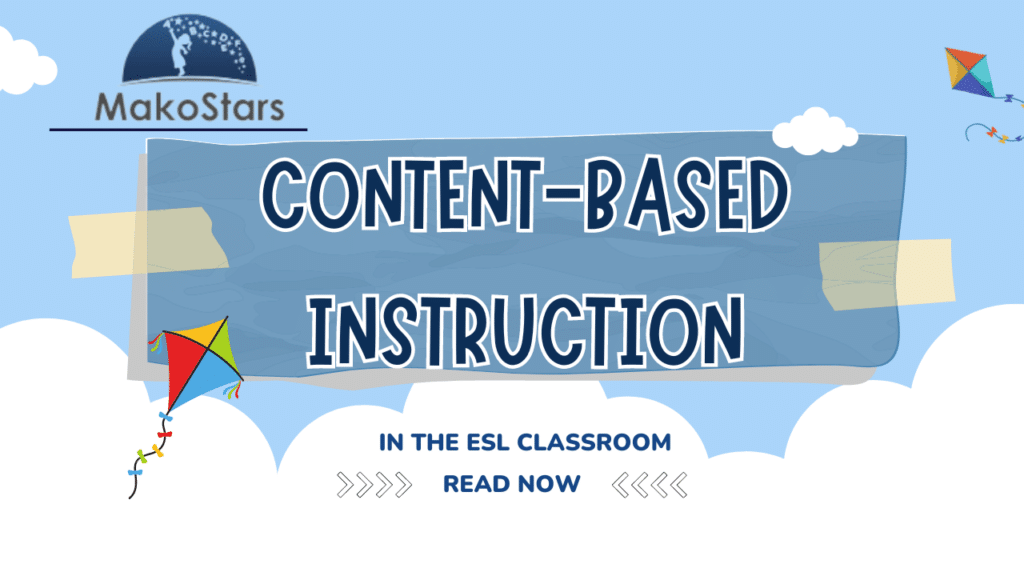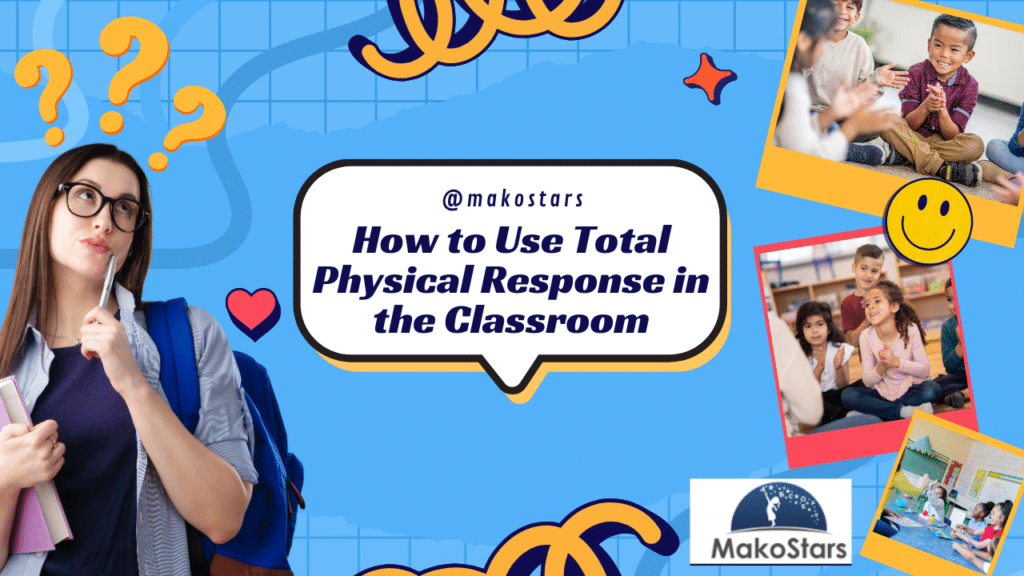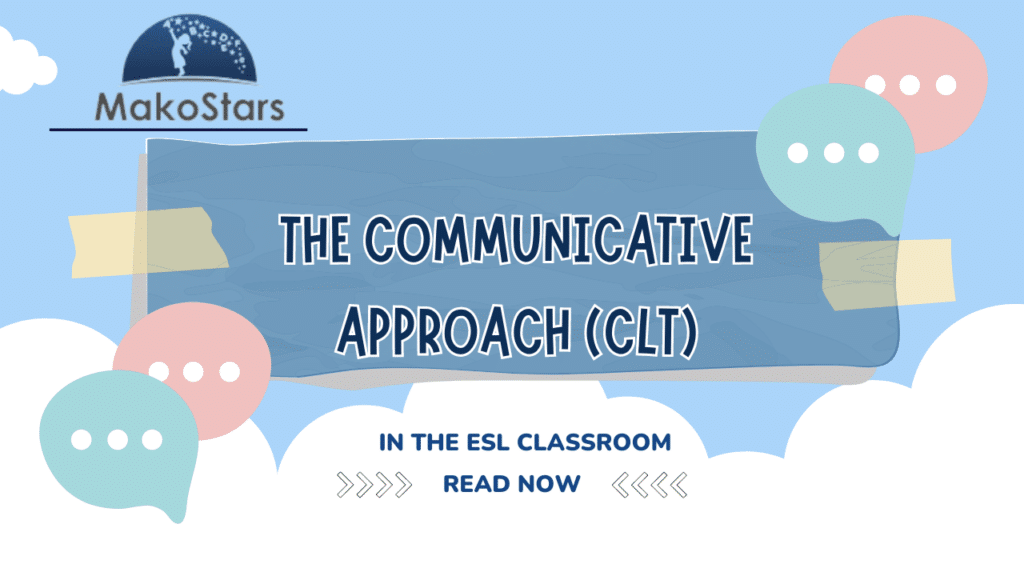Introduction
ESL classrooms often isolate one aspect of language at a time: grammar, listening, speaking, or writing. While focusing in on a single language skill might help your students ace an exam, it probably won’t improve their communication skills in the real world. Let’s explore the Content-Based Instruction approach.
That’s why it’s important to replicate authentic situations in the classroom. Instead of teaching explicitly about language, try using activities that combine all aspects of communication naturally. To do this, you can use a teaching method known (CBI).
Table of Contents
What is the content-based Instruction approach?
The content-based instruction approach (CBI) is a teaching method that focuses on natural second language acquisition rather than enforced learning. It was developed based on the cognitive school of thought, which claims that students will learn a language better when content and acquisition of language are presented at the same time.
So, what does that mean exactly? CBI-based classrooms focus not on English itself, but on what is being taught in English. The subject matter becomes the vehicle for language acquisition as students learn about a topic in English. And, just as with the communicative method, fluency is more important than accuracy. The goal is for students to be speaking naturally without stopping to translate first.
This method gives students more control over their language acquisition process. If the students are interested in the content being presented, they will be more motivated to acquire communication skills. According to linguists, students learning a second language using this method will become fluent indirectly and naturally over four to five years.

What does CBI look like in an ESL classroom?
The easiest and most common way to use the CBI method in your classroom is by teaching themed content. Your theme should be appropriate for your students’ ages and interests. It could be literally anything – from counting to 10 to dating to the reality T.V. show, American Idol. As students seek information about and discuss the theme, they will develop the linguistic ability and naturally use the target language goals. Here are some aspects to consider when using CBI as a method of instruction in your ESL classroom.
- Planning
When planning your lesson, you need to choose a theme that makes sense for your students’ abilities. Consider if they have any background knowledge on the subject. If not, make sure to pre-teach key vocabulary and build the students’ basic knowledge about the content.There are a lot of great resources for free and for a small fee, including on the teacherspayteachers website. When I taught at an immersion English kindergarten, I frequently gathered inspiration from the theme-based activities on this site. - Create language objectives
Although you won’t be teaching English explicitly, you still want your students to acquire some target phrases or meet a language goal. What kind of sentence structure will the students use while talking about this theme/unit? What questions can you ask them to prompt the use of the target language? Make sure the content enables you to meet your curriculum goals.If you’re teaching younger students, for example, you can have an art class to talk about colors and shapes. A science experiment would teach students target verbs (mix, shake, put). You could use Legos to count and discuss mathematical language. With older students, you might have them plan a trip. Groups could choose a country to visit and do research on the internet about where and when they will go. The target language is the future verb tense. - Instruction
It’s important to note that the CBI classroom is a collaborative one. Instead of teachers standing at the front of the room, they should act as guides in student learning. Therefore, it’s important to facilitate activities that require student communication. The CBI classroom includes small group work and pair-based tasks. - Support
Make sure to support your students with visual aids and scaffolding. You might need to use simpler language to convey meaning about your unit or theme.
Conculsion
There are a number of advantages to this method of teaching. First, content-based instruction is a great way to engage both students and teachers. If you are looking for other ways to engage students in the class, you can read here: Engaging ESL Students in the Classroom.
Bookwork can be repetitive and boring, so it’s nice to teach about something students are interested in. Content-based learning gives students a chance to expand their worldly knowledge simultaneously while learning English. Because it’s heavily centered on group work, content-based learning also helps students to develop their collaborative skills.



